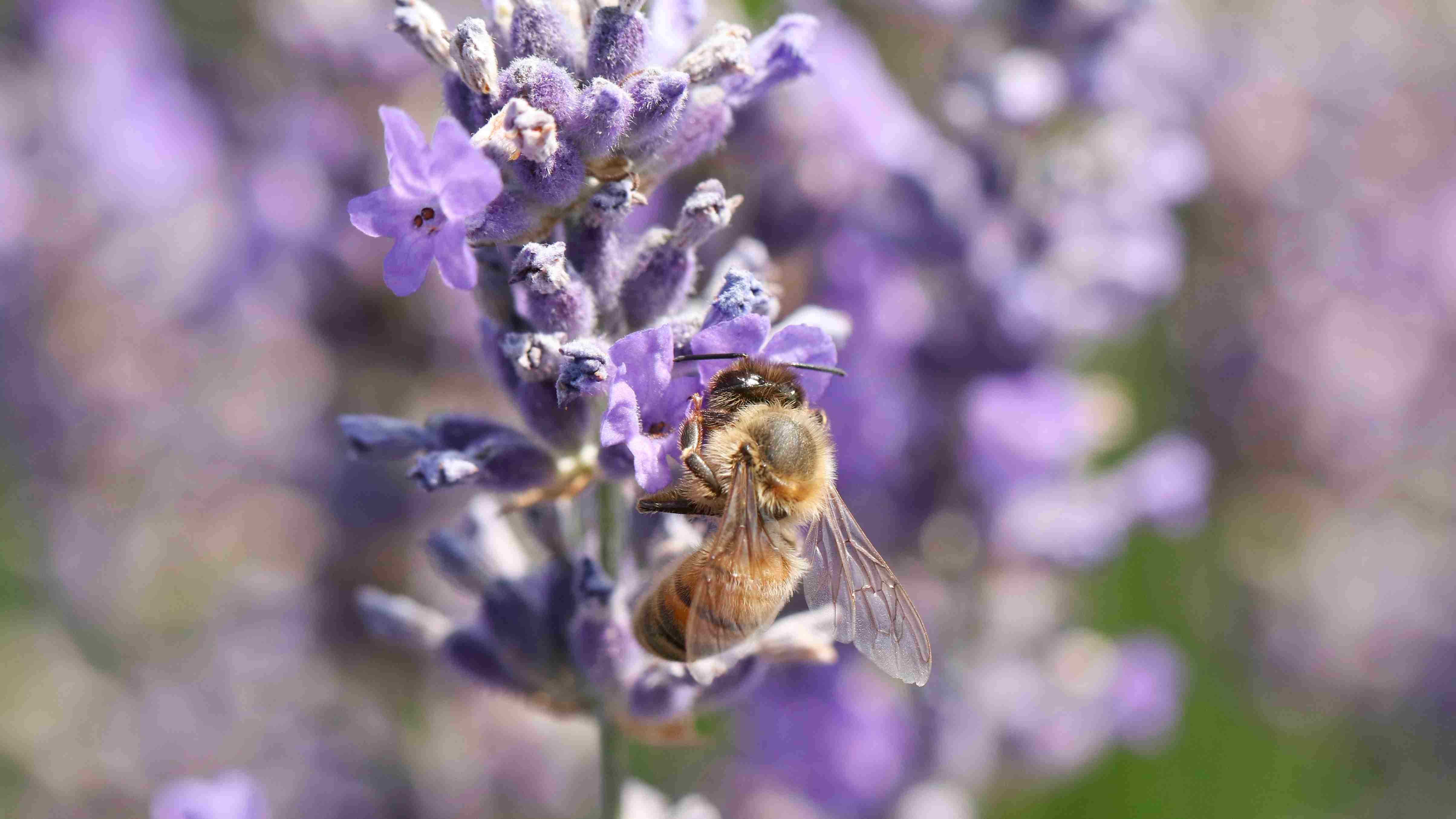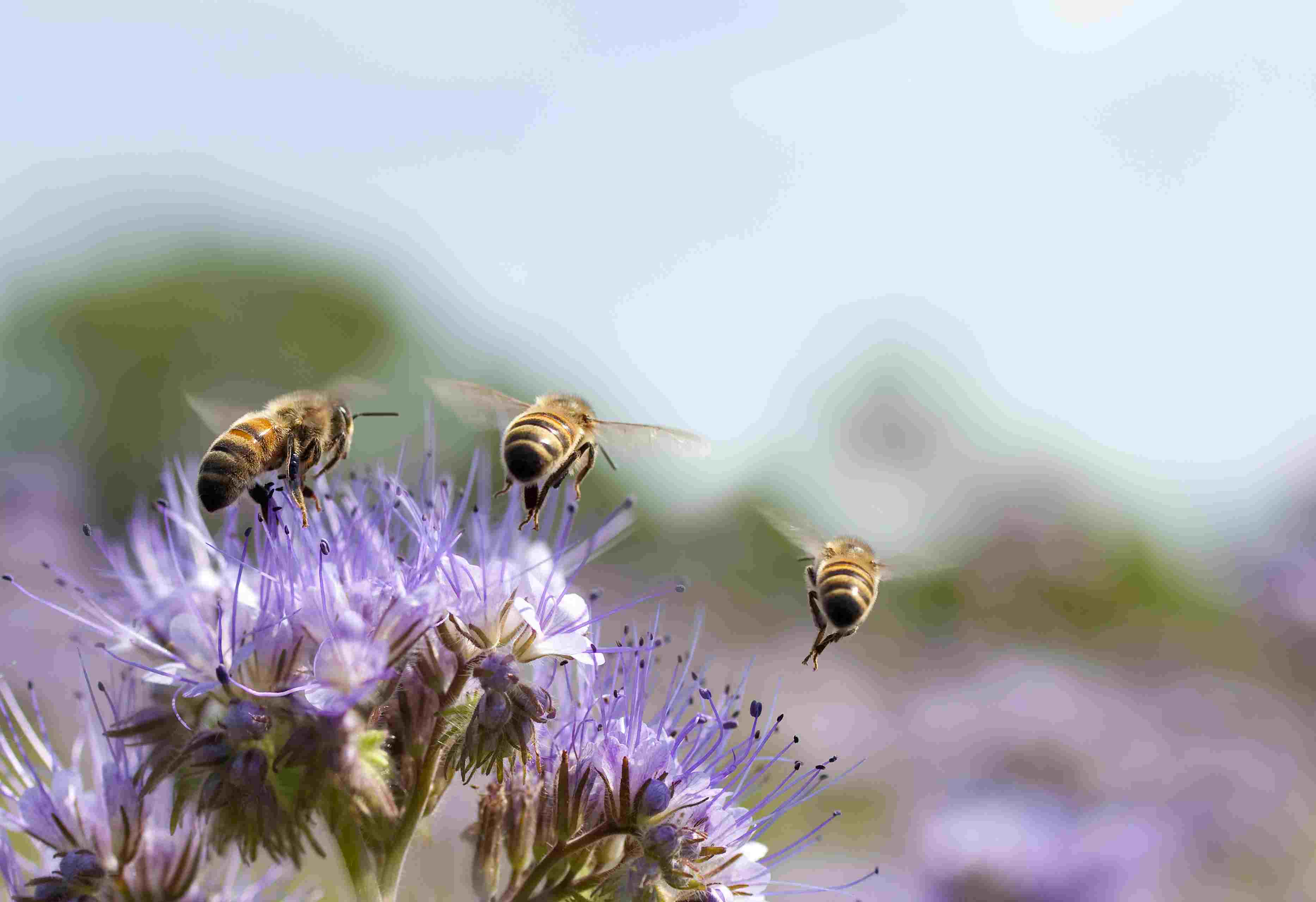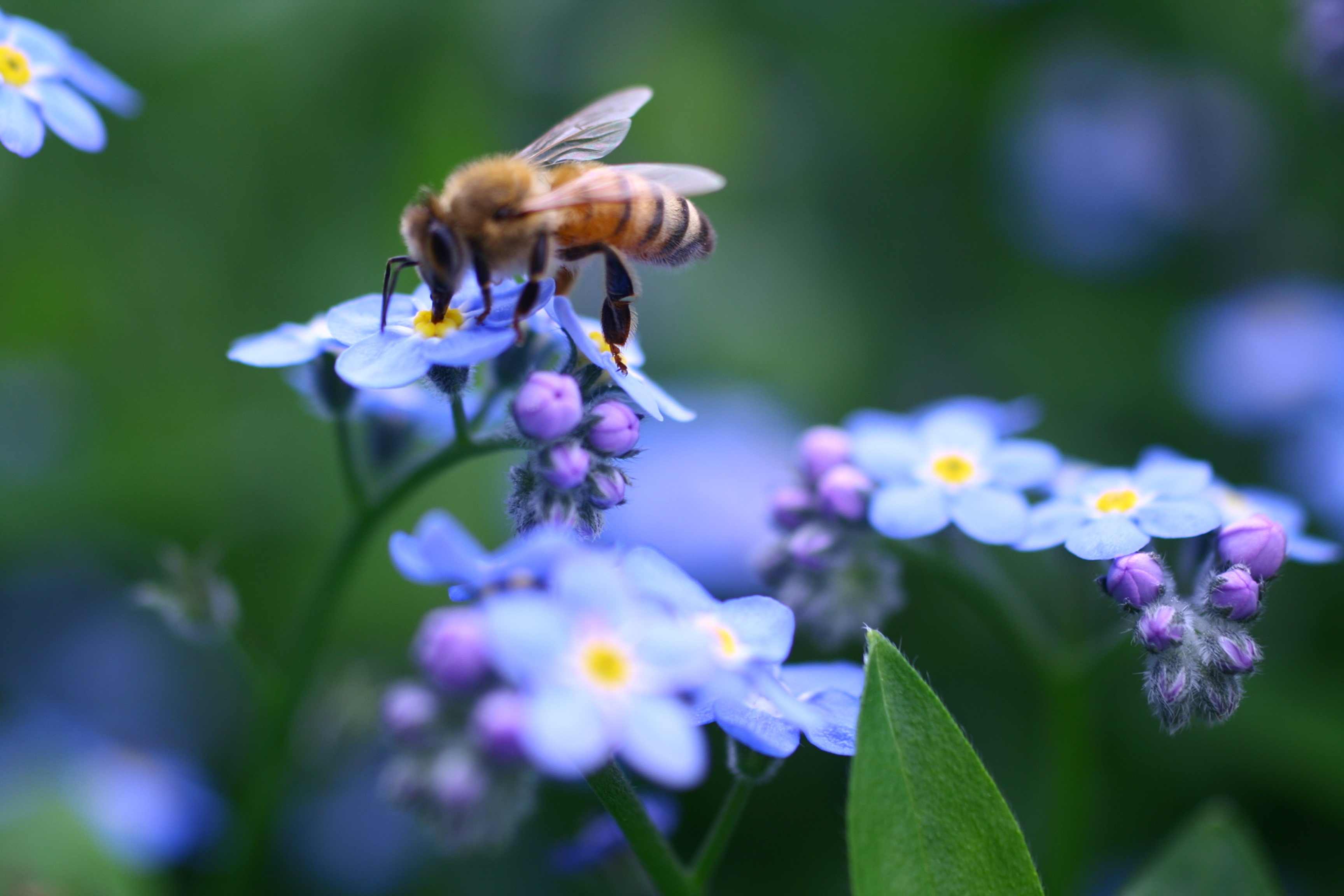
Animal
15:50, 13-Apr-2019
Study reveals how honeybees lose arms race to wax moths
CGTN

A Chinese study showed that the greater wax moth, one of the main pests to honeybees, can sense but ignores the warning signals honeybees release, providing insight into pest control.
Wax moths are a common problem for beekeepers. The greater wax moth is one of the two species of wax moths, with the other being the lesser wax moth.

Heneybees flying away. /VCG Photo
Heneybees flying away. /VCG Photo
They are tan in color and eat the comb in beehives. They lay eggs in the wax and the larvae burrow through the frame of a comb as they eat whatever is in their path.
Researchers from Xishuangbanna Tropical Botanical Garden, Chinese Academy of Sciences and Anhui Agricultural University studied whether female greater wax moths could sense honeybee alarm pheromones to find a safer place or avoid a risky site to lay eggs.
Best known in insects, alarm pheromones are chemical substances that animals produce and release to warn of impending danger.
Published in the journal Insects, the study said that female greater wax moths showed physiological responses to four bee alarm pheromones, even in a low concentration.
However, the behavior of the greater wax moths showed no significant preference or avoidance in orientation and selection of sites to lay eggs.

Bee on flowers. /VCG Photo
Bee on flowers. /VCG Photo
After the greater wax moths successfully invade the beehive and reproduce in bee combs, they can sense alarm pheromones released by honeybees but ignore them. Honeybees are not able to expel them, losing the arms race, the scientists concluded.
They said the findings offered new perspectives on the chemical signal exchange between greater wax moths and honeybees, laying theoretical foundations for developing new pest control technologies.
(Cover image via VCG)
(If you want to contribute and have specific expertise, please contact us at nature@cgtn.com.)
Source(s): Xinhua News Agency

SITEMAP
Copyright © 2018 CGTN. Beijing ICP prepared NO.16065310-3
Copyright © 2018 CGTN. Beijing ICP prepared NO.16065310-3